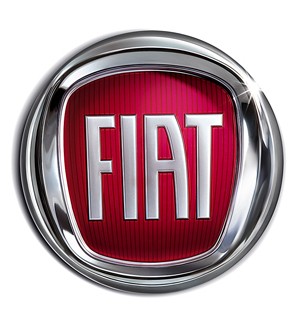In 1968, vocalist Jon Anderson and bassist Chris Squire formed a band in London. That band, Yes, would go on to inspire many musicians and set standards in not on progressive rock, but rock and pop music in general. Their musical hits such as “Owner of A Lonely Heart” and “Leave It” have proven to be best sellers over the 43-year-history that their band spans.
Though some members have come and gone the tradition still lives on in the band. They have become one of the most influential bands of their (or any, for that matter) generation. Their tight harmonies and upbeat tunes still make them a well sold band even four decades after their foundation. And one of the best impressions that they have left is that of their logo, a robust, stylized yes that has an airy and hip feel to it while at the same time retaining some of their history.
YES Logo
Drawn by the English graphic designer Roger Dean, the Yes logo is a blue, robust signature drawn in blue with a red and green border that does not overpower the overall look. Dean would go on to design many of Yes’s album covers, and the influence is clearly seen in other album covers such as the one for “Fragile”. The main blue gives an almost calming sense of the ocean or the sky. The robust letters, combined with the main light blue, make them appear light as clouds.
The font itself hearkens back to the 60s. Just the thickness of the bottom of those letters hearkens back to the bell bottoms popular at that time. Yet the font does not seem to give the band a stilted or rigid look. On the contrary, it seems to suggest a band that is ready to move ahead with the times and with its music.
Also, while the font is rather big, it does slightly twist and turn so that the word itself is composed of only two shapes, with the Y and S being joined. The joins and links indicate a certain unity of flow in the band that stand alone letters might not. However, the joins do not overpower the image or make it too hard for the casual viewer to follow.
YES Logo Design Summary
Yes’s logo draws from the bubbly fonts of the 60s and reflects the bands tradition. However, it is not too stuck in tradition as to be irrelevant. The smooth flow of the text is further exemplified by the water-like blue of the text. The light border also does not distract, but clearly distinguishes each letter from the other so as not to make the words appear unrecognizable.





